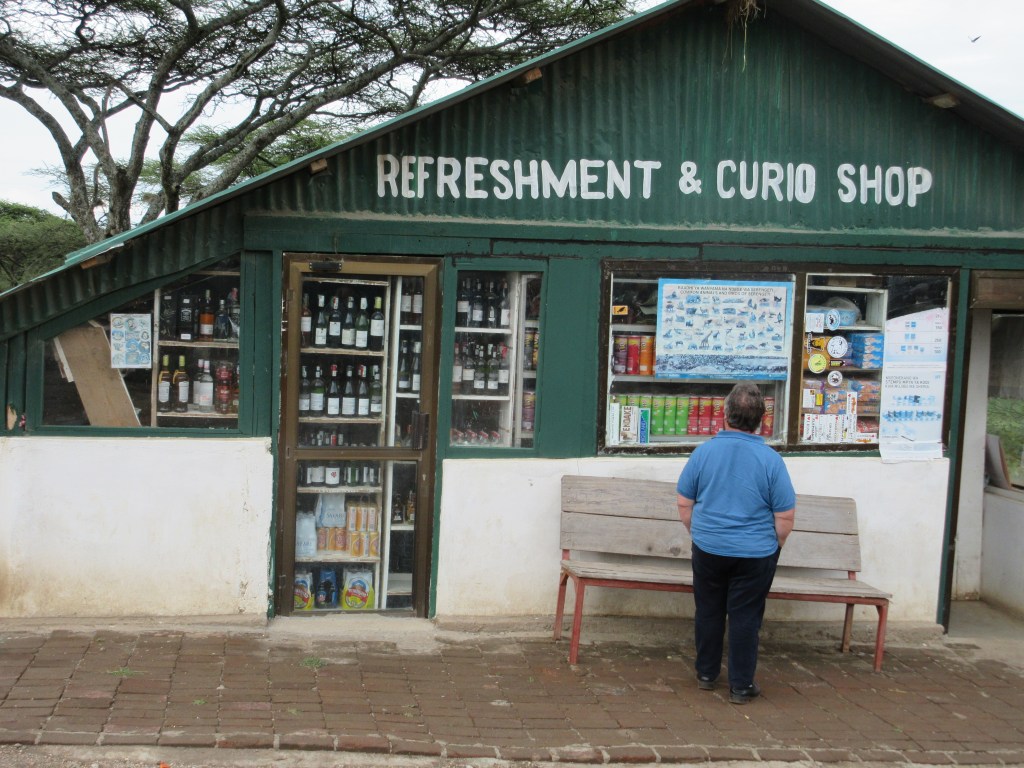
On September 29th, an unusually heavy deluge struck New York City with many inches of rain. I was driving north on the Bronx River Parkway, a narrow thread of a throughway under significant construction and thick with traffic. I was traveling in the middle lane nose to tail ahead and behind me. As I approached an underpass, the traffic suddenly stopped, as the puddle underneath grew in size and depth as the Bronx River backed up and poured into the underpass. Five minutes later, I abandoned my car after the water rose in the car up to the bottom of my seat. My car was in a video posted in the New York Times. You may have seen the grey roof of the car, at least the last inch or two of it in the bottom left corner of the screen.
I joke that I have never made the New York Times, but my car has. The levity serves as a slight balm for the struggle to wade through the filthy flood water to the safety of the ramp, and the rest of the journey home. A month later, most of the disaster is resolved. While counting my blessings, the more important task is a backward look at the mechanisms or lack of mechanisms in place addressing climate change.
The car insurance company was swift, accurate and fair in their recompense. The tow truck driver was sympathetic and helpful with his blunt answers. In contrast, the City of New York was overwhelmed, ill-prepared, and hiding the fact that the flooding issue at this underpass is a long, ongoing problem that has never been addressed. The private companies are already updating their processes and responding with the ease of fresh experience. Government, however, is far behind, mired in the “talking phase” at the beginning before the beginning of any solution process.
Why is our government so slow to respond? Government is typically reactionary, only responding after the fact. Funding is always a contentious issue because the pot of available funds is always too small to address the needs as they are understood today. Even so, the crux of this lack of government response is the long, ongoing meddling by the fossil fuel industry at every level of government.
The approach of the fossil fuel industry is to kill any legislation and all regulation that promotes a response to climate change. Their approach is still to deny climate change. If climate change does not exist, then there is no reason for government to fund responses to the escalating crisis. As former governor Mike Huckabee said in an abrupt response to a question on the presence of climate change, “Eh, it will be gone in another year or so.”
The government response to climate change is far, far behind the needs of the day. The number of weather-related disasters per year is rising and the cost of each disaster is also escalating. Even if your house or car was not directly affected this past year, the growth in the costs of repair and replacement is causing your insurance rates to rise, and your taxes as well. Yet, the year 2023 has demonstrated we can take back both the narrative and the power to compel a better government response.
New York State has demonstrated that the fossil fuel industry push to defeat climate legislation and regulation can be stopped. Citizen action is as powerful or even more powerful than the paid lobbyists and campaign donations when such actions are applied. We have pressured legislators to vote for bills and mandates to address the changing climate, and many responded. We have thwarted attempts to remove the regulatory guardrails at city, county, and state levels of government. Our lobby visits, protests, and rallies worked.
Climate change is relentless, and it is speeding up; losing my car in a freak storm is ample proof. We are making a difference and defeating the greed of the old energy economy as the weather alarms clamor louder. Let us finish the task we set out to do, to save the Creation from the ravages of greed and unrelenting development.
Now we are confident: the goal is obtainable.
